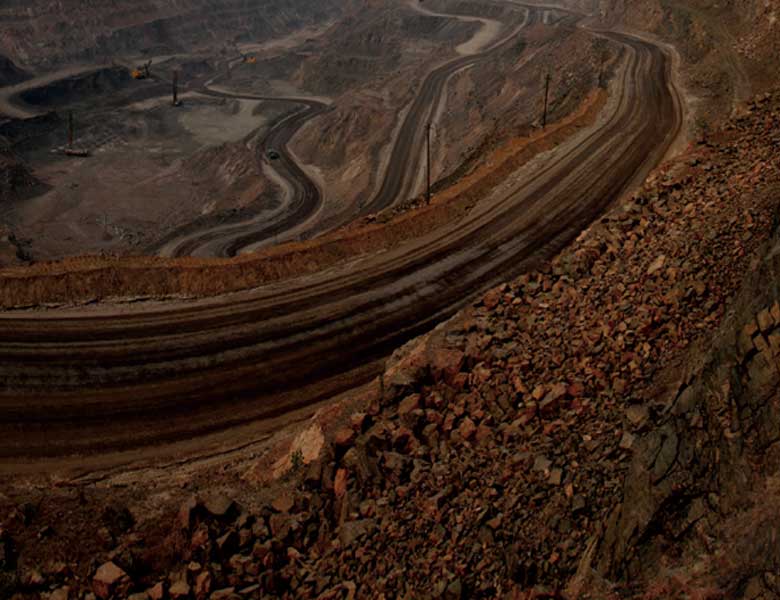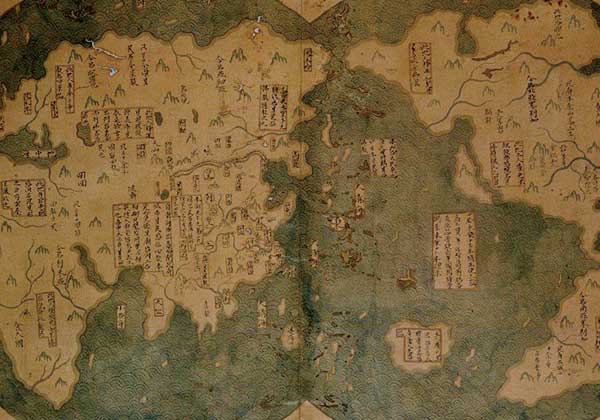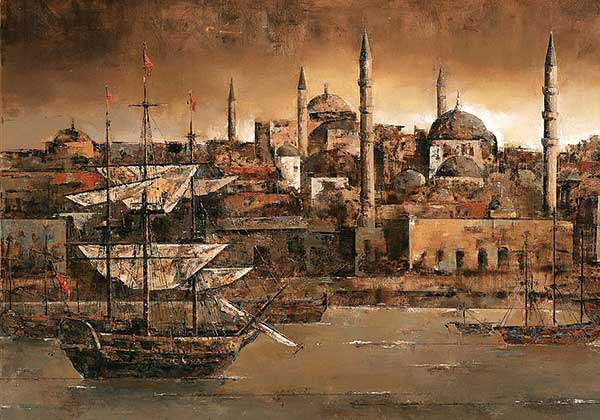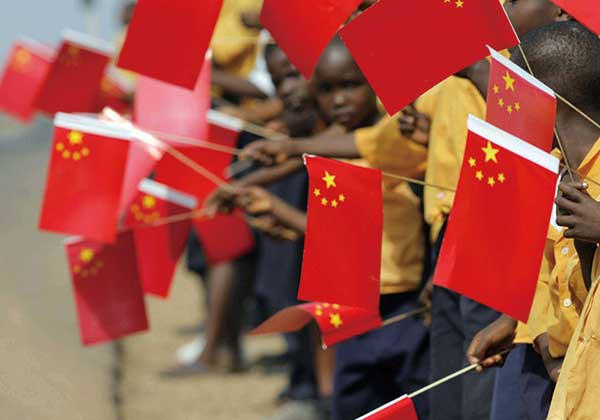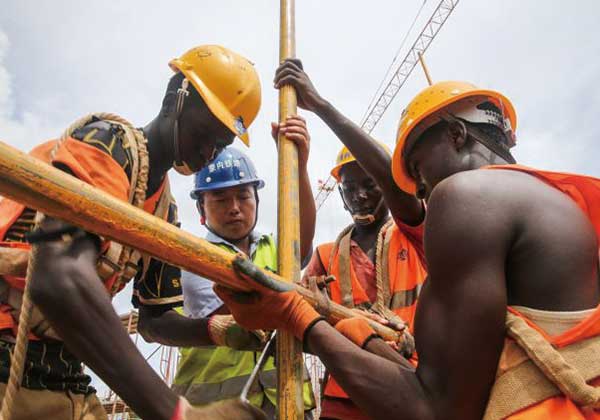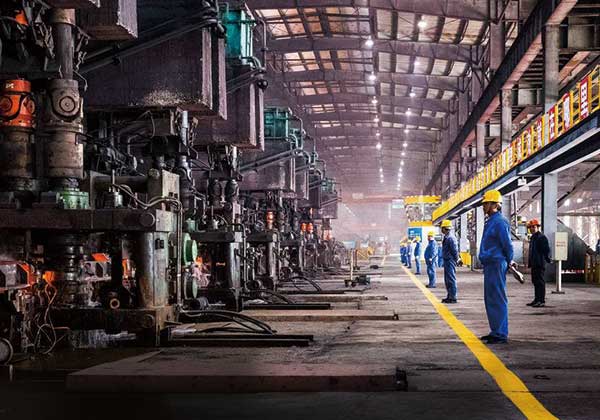African Mineral Resources
The African continent has experienced multiple stages of plate tectonics and magmatism, metamorphism and basin tensioning formed rich and varied metal and non-metallic mineral resources in the process of long geological evolution. The reserves of the fourteen major mineral resources in Africa occupy an important position in the world. Gold, chromium, platinum, manganese, cobalt, bauxite, phosphorus and other mineral resources occupy the first place in the world; diamonds, uranium and other mineral resources reserves rank second in the world.
Africa has gradually become one of the key regions for mining companies to carry out mineral resource mergers and acquisitions with the improvement of Africa’s mining law, mining tax and fee policies and investment environment.
South Africa
South Africa is located in the southernmost tip of Africa with a land area of approximately 1.22 million square kilometers. It is one of the world's top five mining nations with rich mineral resources and reserves of approximately 50% of Africa's total. There are more than 70 types of minerals discovered and mined in South Africa, among which the proven reserves of gold, platinum group metals, manganese, vanadium, chromite, and aluminosilicates rank among the top in the world. South Africa has huge reserves of mineral resources. At present, South Africa has almost all of its important mineral resources, except for the small amount of reserves found in petroleum minerals.
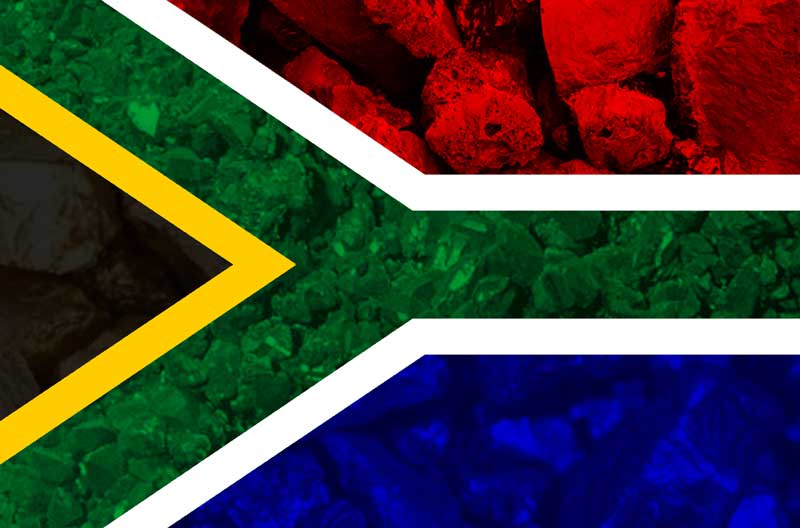
Congo
Congo, known throughout the Democratic Republic of the Congo, is located in central Africa and is known as the “African Heart”. It is the largest country in Central Africa with a land area of 2.34 million square kilometers. Congo has always been called the “World's Raw Material Warehouse” with abundant natural resources that mines, forests, and water resources are among the highest in the world. A variety of nonferrous metals, rare metals and nonmetallic mines are contained in the country, of which copper, cobalt, zinc, manganese, tin, antimony, tantalum, tungsten, cadmium, nickel and other metal and diamond reserves are considerable.
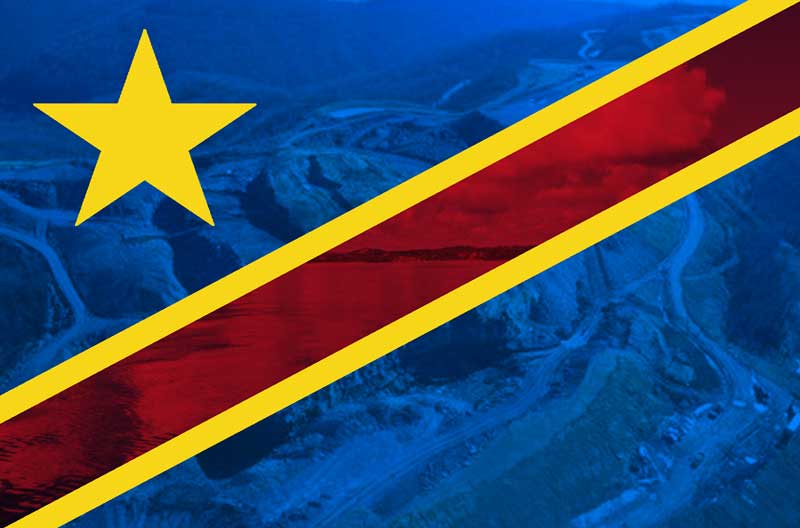
Namibia
Namibia is located in southwestern Africa and has an area of about 820,000 square kilometers. It has formed rich mineral resources in the complex and diverse history of geological evolution. Diamonds, uranium, copper, lead, zinc and gold are the most important minerals. Currently, the mining industry in Namibia is one of the three pillar industries of the economy with the huge mining development potential and relatively low degree of geological exploration. The World Bank experts rated Namibia as one of the countries with the greatest potential for mineral resources in Africa and believe that it is possible to find world-class large mineral deposits in Namibia.
.jpg)
Zambia
Zambia, located in south-central Africa, which is named after the Zambezi River that the birthplace of the Congo River, covers an area of about 750,000 square kilometers and most of them belong to the plateau region. The main mineral resources in Zambia are copper, cobalt, lead, zinc, nickel, manganese, vanadium, tin, gold, silver, uranium, precious stones, etc., and there are about 30 kinds of proven reserves. The reserves of copper account for about 5% of the world's copper reserves, ranking first in the world and enjoying the reputation of “Copper Ore Country”. 5.2% of cobalt's proven reserves ranks fifth in the world and emerald deposit ranks second in the world. Zambia has a relatively low degree of geological exploration and has a large potential for prospecting.
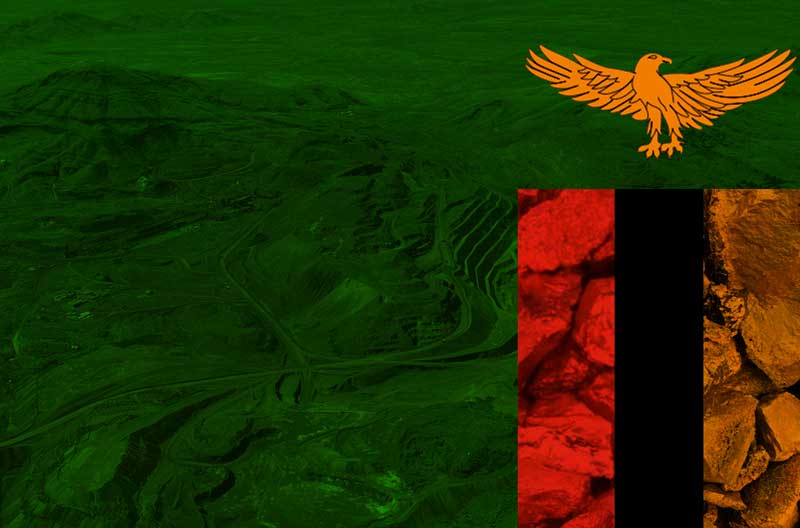
Silk Road Legends
● The Silk Road
The Silk Road refers to ancient land commercial trade routes that began in ancient China and connected Asia, Africa, and Europe, which can be divided into the Land Silk Road and the Maritime Silk Road.
The Land Silk Road, formed between the 2nd century BC and the 1st century AD and remained in use until the 16th century, is a land commercial trade channel linking China with West Asia and Europe to communicate economically, politically and culturally . The basic arterial road on the Land Silk Road, which starts from Chang'an in the Western Han Dynasty and passes through Gansu Corridor to Dunhuang, formed when Emperor Hanwu dispatched Zhang Qian to the Western Regions during the Western Han Dynasty (206 B.C.-A.D. 24).
The Maritime Silk Road is the sea passage for trade and cultural communication between ancient China and foreign. It originated in the Qin and Han dynasties, flourished in the Sui and Tang dynasties, thrived in Song and Yuan dynasties and reached its peak in the early Ming dynasty, is the oldest known sea route.
|
|
|
600 years ago, the emperor of the Ming Dynasty in ancient China dispatched Zheng He to the west with more than 200 ships and more than 27,000 people for seven times. Zheng He sailed across the Indian Ocean from the Western Pacific to West Asia and the east of coast Africa, passing through more than 30 countries and regions to conduct cultural exchanges and business contacts with countries along the route.
● The 21st Century Maritime Silk Road
Today, the 21st Century Maritime Silk Road takes key ports as its nodes to jointly build a smooth, safe, and efficient transportation corridor and open up international economic channels such as China-Africa, China-Pakistan, and China-India, complementing the advantages of the countries along the route, sharing cooperation and common development under the cultural identity of each other to open a new window of opportunity and write new silk legends in a spirit of win-win.
|
|
|
“一带一路”陆上依托国际大通道,以沿线国家中心城市为支撑,以重点经贸产业园区为合作平台,共同打造新亚欧大陆桥、中蒙俄、中国-中亚-西亚、中国 - 中南半岛等国际经济合作走廊;海上以重点港口为节点,共同建设通畅安全高效的运输大通道,开辟中非、中巴、中印等国际经济通道,推动沿岸国家经济共同发展。以共赢精神续写“一带一路”的丝路传奇。
● AMG Silk Road Spirit
AMG is following the Maritime Silk Road brought advanced mineral processing, smelting technology, and industrial chain service experience from China to Africa. It also brought mineral resources, precious metals, and handicrafts from Africa to China and transported it to global market. AMG connects Africa's high-quality mineral resources with Chinese advanced mining smelting technology; brings light textiles, small commodities, medical equipment, engineering equipment and other things to Africa through international trade; and provides investment and management consulting for non-international companies and Chinese-funded enterprises; offers education and training support for African people to learn and understand Chinese culture, as well as carry out communication with China and China-Africa cooperation.
|
|
|
The important countries along the Silk Road, including China, India and South Africa, are members of BRICS with boundless cooperation potential and development space. AMG as a force of China-Africa cooperation and trade exchange promotes the international exchanges and global trade.


